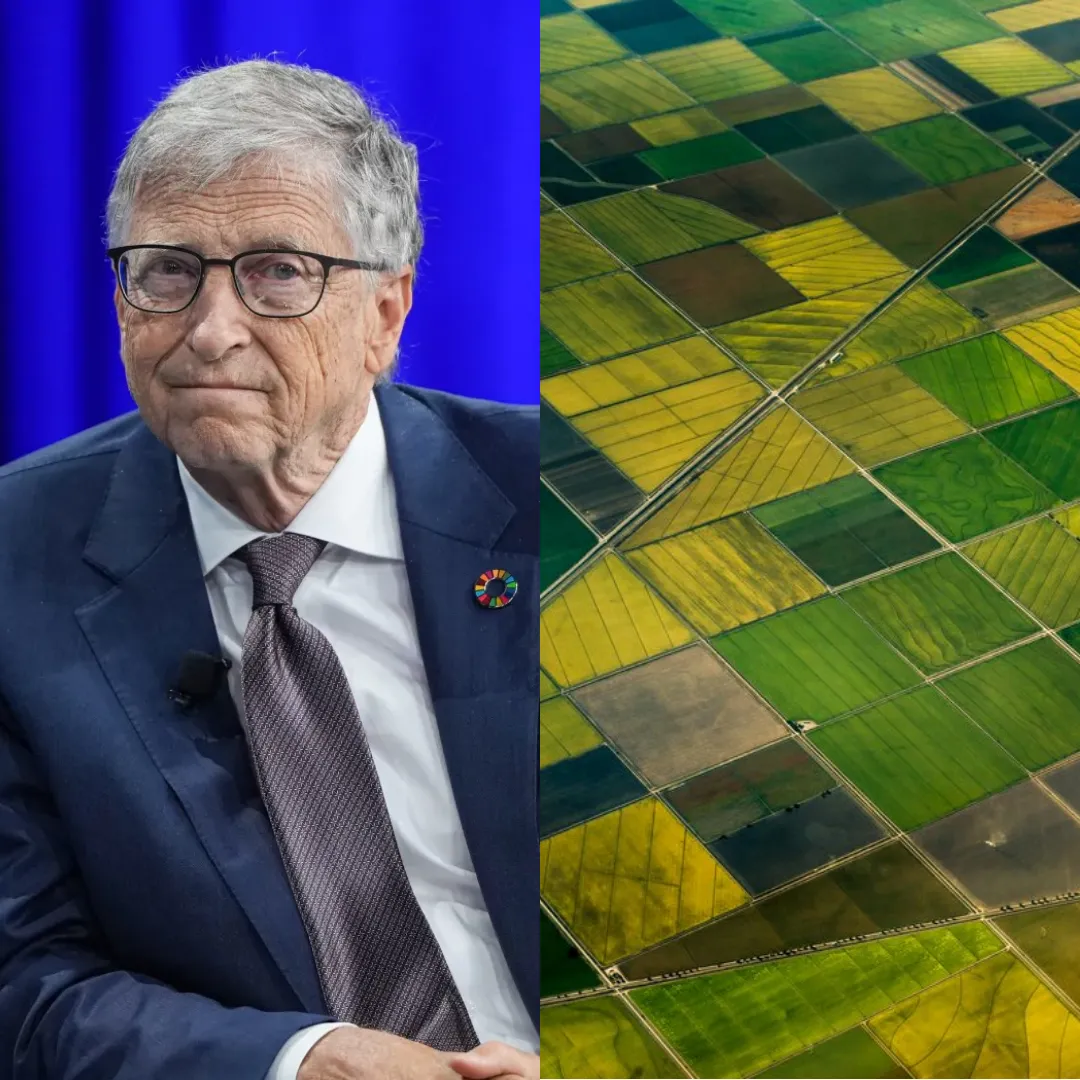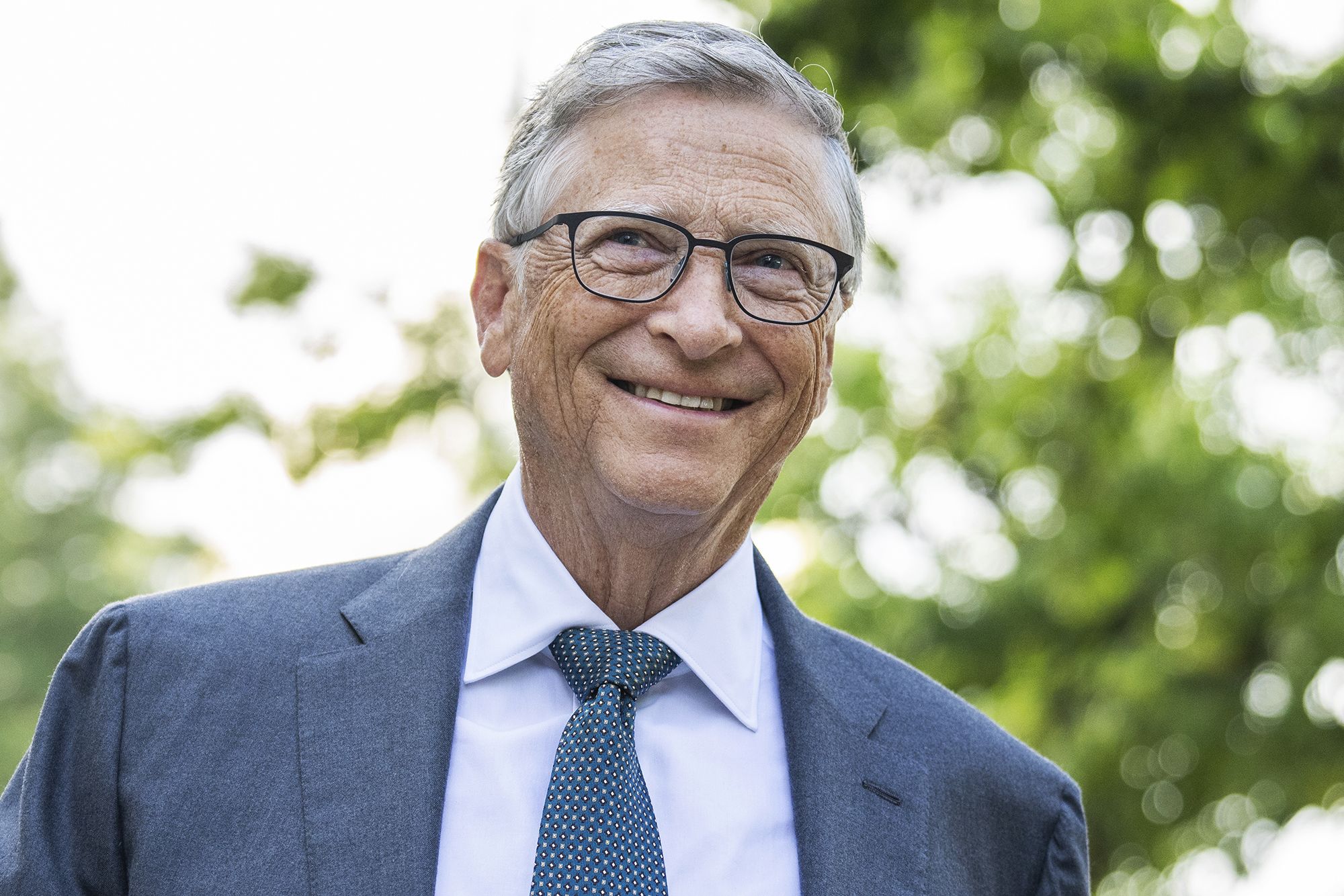
Bill Gates’ name has become synonymous with innovation, technology, and philanthropy, but the story of how he rose to global prominence began in the dormitories of Harvard University during the early 1970s.
The recent Crimson article marking his class’s 50th reunion offers a rare and insightful look into those formative years, shining a light on the environment, friendships, and relentless drive that propelled Gates from a curious undergraduate to the founder of Microsoft and one of the world’s most influential figures.
Gates entered Harvard in 1973, already an accomplished young programmer with a passion for solving complex problems. Unlike many of his peers, he was driven not just by academic achievement but by an insatiable curiosity about computers and their potential to change the world.
Harvard in the seventies was a place of great intellectual ferment, with students from around the globe and some of the most advanced computing resources available at any university.
Gates quickly found himself at home in the university’s computer labs, especially with the PDP-10 mainframe, affectionately called Harv-10, which would play a key role in the birth of Microsoft.
In his Harvard years, Gates demonstrated his brilliance and unconventional approach to learning. He signed up for advanced classes well beyond the typical undergraduate level, including the famously difficult Math 55 and graduate-level applied mathematics and computer science.
His intensity and focus were legendary among classmates. Stories from the time recall how Gates would spend hours, sometimes days, at the computer terminal, ignoring meals and sleep, consumed by the desire to crack the next problem or write the next line of code.
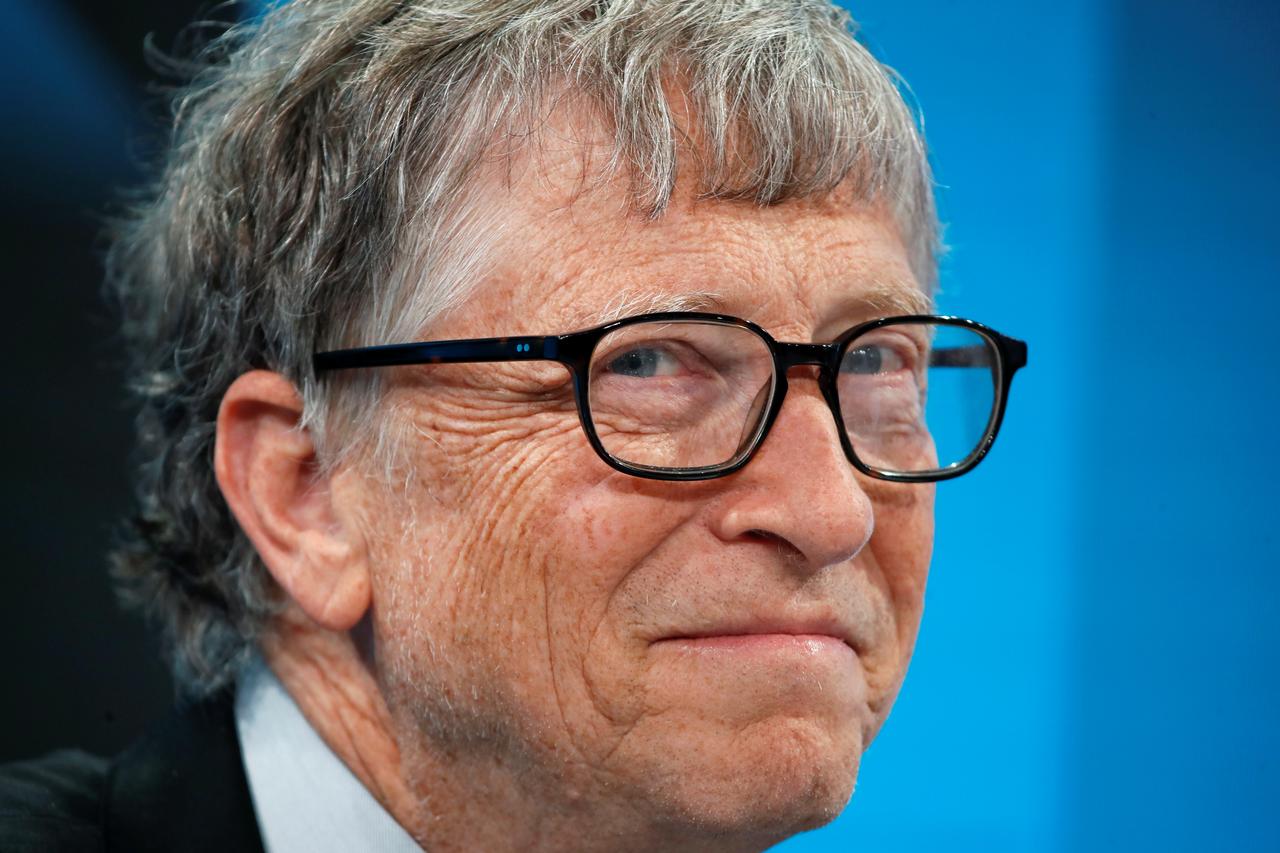
He formed close friendships with other like-minded students, most notably Paul Allen, who would become his co-founder at Microsoft. Their collaboration at Harvard was not just about coding; it was about dreaming big.
They believed computers could move from elite, room-sized machines in university basements to personal devices that would shape everyday life. That vision, though radical at the time, would soon become reality.
One of the most famous episodes from Gates’s time at Harvard was the creation of the BASIC interpreter for the Altair 8800, one of the first microcomputers. With Allen and Monte Davidoff, Gates used the Harvard PDP-10 to write and test the code, pushing the mainframe’s limits and bending university rules in the process.
The story is now legend: when their project exceeded allocated resources, the university’s computer administrators were forced to step in, but by then, the seeds of a revolution had been sown.
Gates and Allen’s work was so advanced and ambitious that it marked the unofficial beginning of Microsoft, and the Harvard dorm room—far from Silicon Valley—became the company’s first unofficial office.
Gates’s intensity at Harvard wasn’t limited to academics or computing. He was part of Currier House, known for its “nerd world” culture, where brilliant minds met for late-night sessions of poker, pinball, and debate.
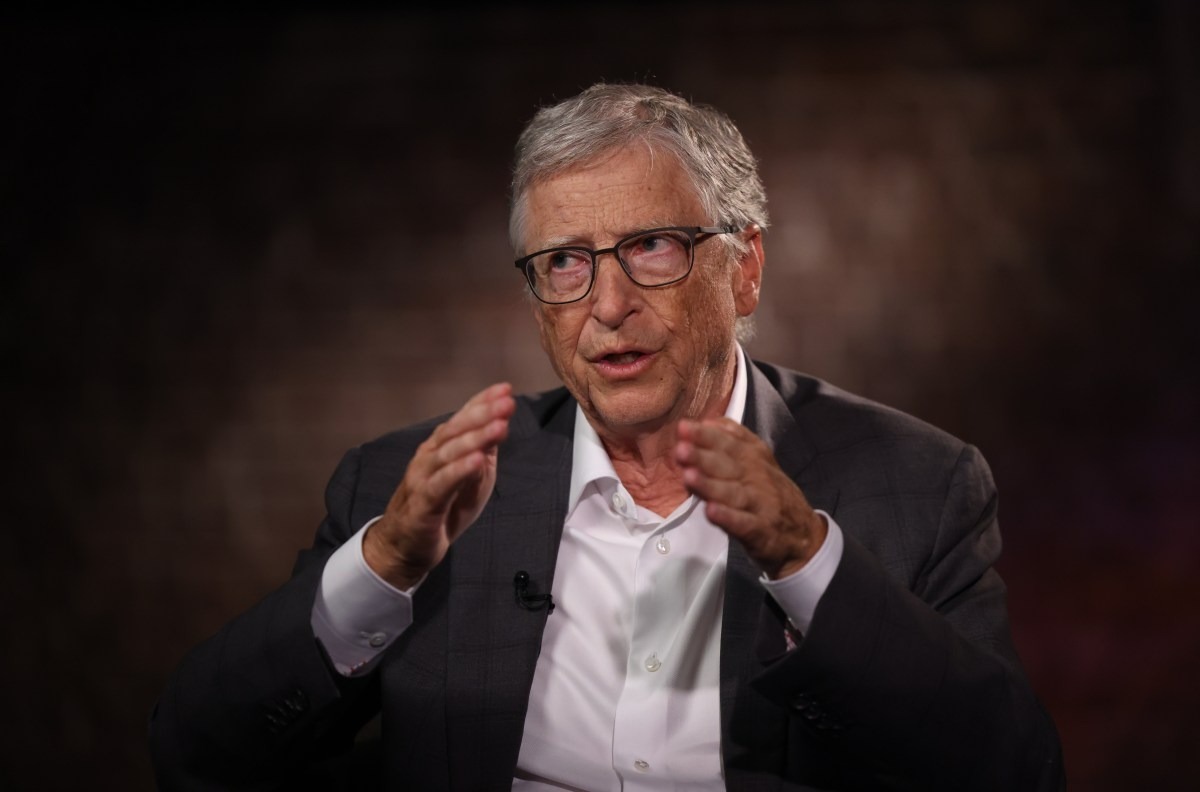
His classmates remember him as intense and sometimes aloof, but also quick-witted, generous in intellectual conversation, and eager to tackle any challenge.
Gates was not a traditional student; he famously kept an unorthodox sleep schedule, sometimes skipping classes or showing up in the early hours after a marathon programming session.
Yet, he maintained close bonds with a tight circle of friends, including Steve Ballmer, who would later become Microsoft’s CEO, and others who supported and challenged each other throughout their Harvard years.
Gates’s academic path was anything but linear. Though he performed well in his classes, his interests quickly shifted from theory to application. He recognized the once-in-a-generation opportunity presented by the rise of personal computing and decided to take a leave of absence in 1975. It was a decision that shocked many but in hindsight defined his legacy.
Gates and Allen moved to Albuquerque to be closer to the emerging microcomputer industry and officially launched Microsoft. For Gates, it was never a matter of abandoning Harvard, but of pursuing a dream that could not wait.
Harvard’s influence on Gates went beyond academics and friendships. The university’s culture of debate, inquiry, and intellectual risk-taking encouraged him to challenge orthodoxy and think big.

His willingness to pursue an unconventional path was shaped by the diversity of people and ideas he encountered, as well as by the unique pressures of the Harvard environment.
It was a place where ambition was not only tolerated but expected, and Gates thrived in an atmosphere that demanded constant learning and innovation. The impact of Gates’s Harvard experience can also be seen in his later life.
Though he never earned a degree in the traditional sense, Gates remained connected to the university, returning to speak to students and investing in its future. In 1996, along with Ballmer, he donated $25 million to build the Maxwell Dworkin Laboratory, a state-of-the-art computer science facility that has since produced generations of innovators.
In 2007, Harvard recognized Gates’s accomplishments with an honorary degree, and he used his commencement speech to reflect on the challenges facing the world and to encourage students to harness their talents for the greater good.
The recent Crimson article captures the sense of nostalgia and accomplishment that comes with a 50th reunion, but it also emphasizes how the seeds of Gates’s success were planted during his undergraduate years.
The friendships he made, the problems he solved, and the risks he took all contributed to the trajectory that would lead to Microsoft’s founding and his global philanthropic work.
The Harvard years were not just a launching pad—they were a crucible in which Gates’s vision, drive, and resilience were forged. In the years since leaving Harvard, Gates has often spoken about the importance of following one’s passion and being willing to take risks.
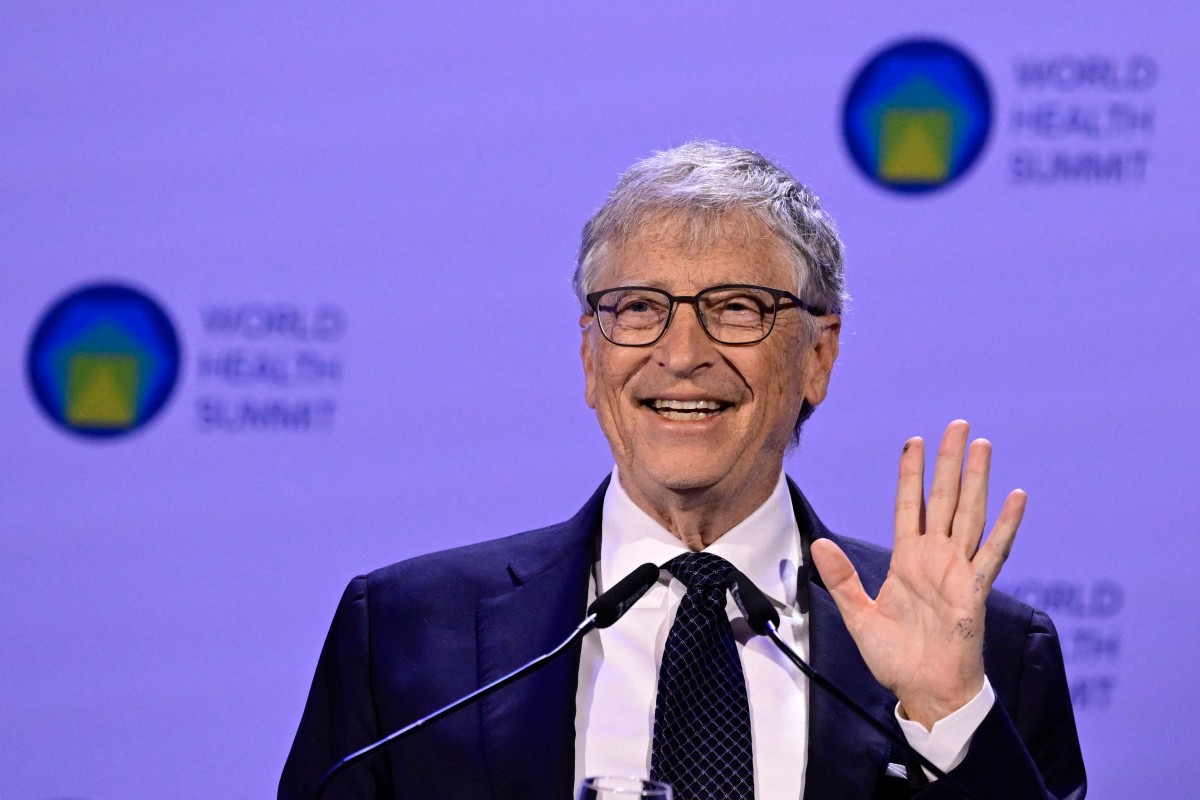
His story stands as a testament to the power of curiosity, the value of friendships, and the necessity of hard work. For today’s students and aspiring entrepreneurs, Gates’s Harvard experience is a reminder that the path to success is rarely straight or easy.
Sometimes, the most important lessons are learned outside the classroom, in the late-night conversations, the failures, and the leaps of faith that define youth. Gates’s journey from Harvard dorm rooms to the pinnacle of the tech industry is a story about more than just innovation; it’s about seeing possibilities where others see limitations, about daring to challenge the status quo, and about believing that one person’s passion can change the world.
The 50th reunion of Gates’s class at Harvard is more than an anniversary—it’s a celebration of the power of dreams and the enduring impact of those formative years. The story of Bill Gates at Harvard reminds us that even the world’s most successful people began as curious students, driven by questions and possibilities, surrounded by friends who would shape their futures.
It is a story of bold choices, lasting friendships, and the belief that with enough courage and vision, a single dorm room can change the world forever.
-1751894202-q80.webp)

